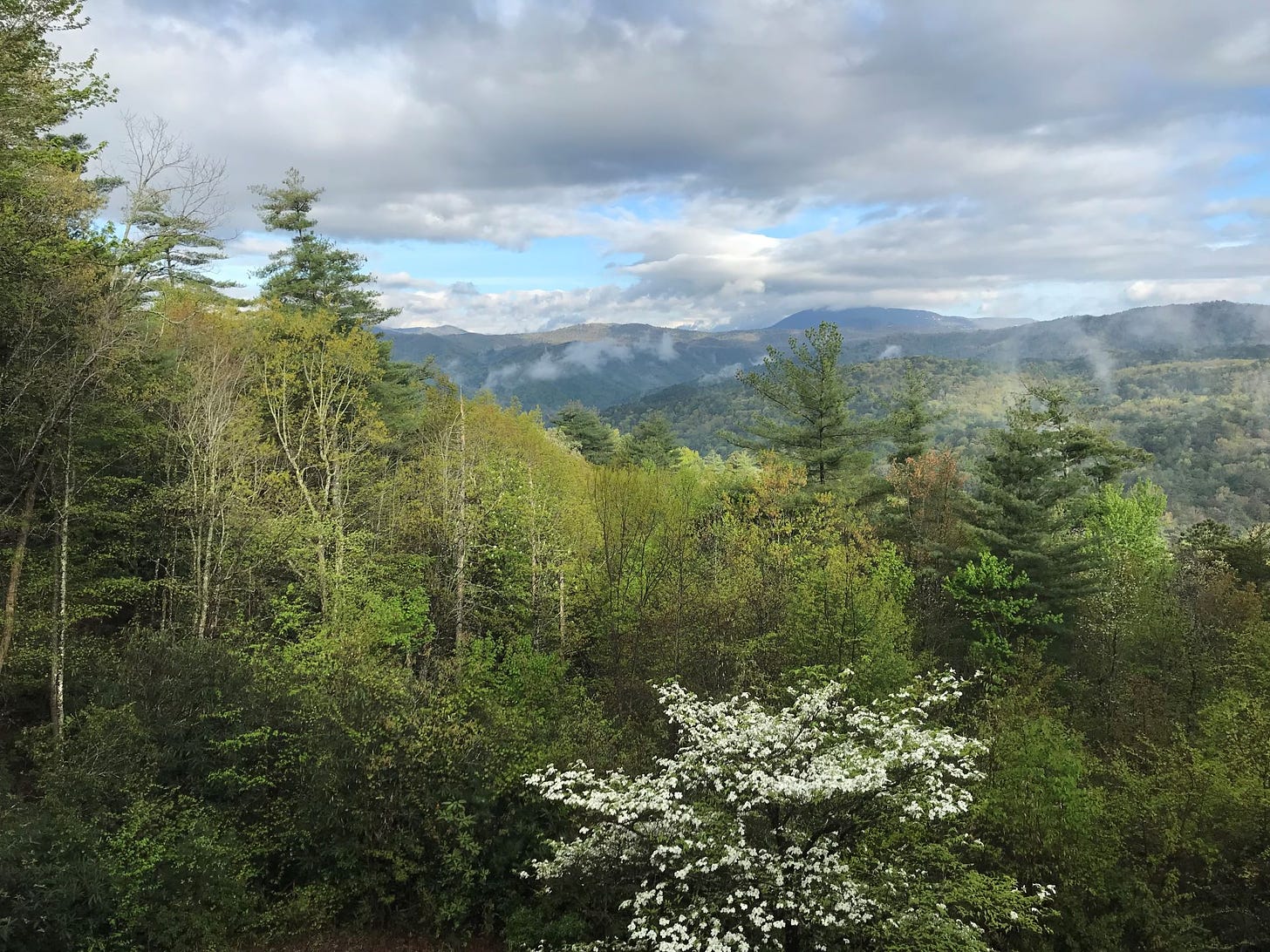What if restoring your attention requires no effort?
Escape to a natural happy place every day
Most people believe they have to get away from their life – work, demands, email – to recover from mental fatigue and restore their concentration.
While nature escapes are a popular way to recharge, they are not the only way. Nor should you wait — that’s a recipe for burnout.
Here’s why even super-short escapes to Nature will work: It’s called Attention Restoration Theory, or ART.
Nature is Your Partner
ART was proposed by University of Michigan environmental psychologists Rachel and Stephen Kaplan in 1989. It suggests that time spent in or looking at nature can improve mental fatigue and concentration.
ART says that our brains have a limited capacity to focus on a specific task, causing “directed attention fatigue.” Prolonged work on computers and screens fits the bill here. Because natural environments promote a wider-angle attention and more effortless brain activity, our brains have a chance to recover and replenish our directed attention capacity.
The natural environment must have four properties to be restorative:
Extent: the ability to be immersed in the environment
Being away: the escape from the day-to-day grind
Soft fascination: elements of Nature capture your attention effortlessly
Compatibility: You must want to be in and appreciate the natural environment
Translation: Escape to and immerse yourself in your fascinating natural happy place. (Bubble baths don’t count.)
Do This at Home
Add in a 2019 study from the University of Essex: We need 2 hours, or 120 minutes of Nature per week to capture the mental, physical, emotional, psychic and spiritual benefits of Nature connection.
Here’s the math: I call it 17/7. Get away outside for 17 minutes and let Nature capture your attention. Watch clouds, butterflies, birds. Repeat for 7 days and you’ve got your Nature time.
Unplug in your yard or garden, if you have one. Sit on your porch or deck and get lost in your favorite flowers.
Nature Wherever You Find It
Or visit a neighborhood park once or twice a week for an hour to be fascinated by the trees. Or take a little longer drive and get your Nature120 in a nature center. As long as you have a sky above your head and a tree or flower or two, the options are endless.
This sounds simple, and it is. Here’s the tricky part: You’ll need intention to walk away from the screen, redirect your focus and let it soften.
Here’s the thing: Once you feel the regular benefits of attention restoration – a calmer mind, heightened creativity, sharper concentration, more energy, better sleep – you won’t want to put off that Nature getaway. You’ll crave that immersion into Nature and you’ll enjoy it more because you won’t need that much downtime to recover.
Now, go wander outside!
3 Resources for You
Books, articles, tips, tools and advice to help you unplug. (Books may be aff links.)
Nature Breaks Even – Critique and Reframing of Attention Restoration Theory (2023) – Fascinating critique of ART by exploring the standard urban comparison to nature and how different that is to be useless.
Take back your time and attention with Digital Minimalism – From Cal Newport’s book.
4K Virtual Hike Through Canadian Forest (with Nature sounds) – On the days you can’t get outside, bring Nature to you.
Just living is not enough. One must have sunshine, freedom, and a little flower. Hans Christian Andersen





